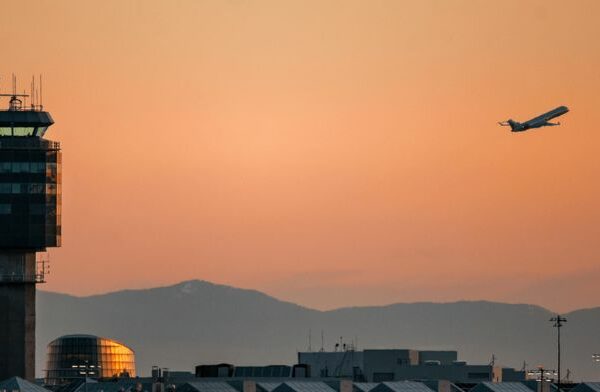This year marks the 11th ACI Europe Regional Airports Conference and Exhibition (RACE), which is this year being held in Naples and is themed around the ‘strategic pillars of dynamic regional airport development’.
The rain may have poured during the first full day of conferencing, but that certainly didn’t dampen the spirits of those attending this year’s event, which is being hosted by Naples International Airport.
After an opening address from John Strickland of JLS Consulting, the Mayor of Naples, Luigi de Magistris, enthused how Naples Airport should be proud of its impressive growth and the impact of this on the local economy and region. He wrapped up his welcome by stating that he considers airports as places that “facilitate meetings between people and cultures, ” naming Naples as a great example of this.
Naples in a nutshell
Armando Brunini, VP, ACI Europe’s board and CEO at Naples International Airport, followed saying that Naples Airport is riding high on the success of its growth last year – it’s best year to date in terms of passenger traffic.
Describing his airport as ‘the underdog’, Brunini said: “We’re in a depressed area of the country, where the average GDP per capita is approximately half of what it is elsewhere in Italy and the rest of Europe. But nonetheless we’ve achieved great results.”
Privatisation has been integral to growth at the airport (it was privatised 20 years ago in 1997), but Brunini admitted that “the pride of all those working within the airport and the wider community” has also played a key role in the airport’s development. Another factor that has driven growth has been the focus on raising awareness of everything that the region has to offer. “It’s not just great pizza and artisanal shoes that we offer. We have sophisticated industries and business opportunities too,” he said.
Referencing how regional airports have stronger links with their local communities than major hubs, Brunini also argued that though smaller airports may lack the economies of scale and bargaining power that big hubs have, equally they don’t have to manage hundreds of staff. “We can better engage with our staff and instil in them a sense of pride and passion for what they do, and passion is a shortcut to success.”
An overview of the situation for European regional airports


Despite the demise of Monarch and Air Berlin and the reduction of flights by Ryanair at the end of last year, Europe’s aviation sector is experiencing growth and this positive momentum is in part due to an uplift in the global economy, but also due to the contained price of oil. However, Jankovec stressed that the latter should be treated with caution as “the price of oil has gone up recently and the balance between demand and supply is tight.”
But, he also emphasised that growth within the sector can primarily be attributed to the increase of low-fare carriers. “Large full-service carriers and regional carriers are barely growing, it’s the low-cost carriers that are causing all the excitement,” he said.
As low-fare carriers look to move upmarket and increase their presence in larger airports as well as serve long-haul routes, regional airports are having to react to this trend. But, says Jankovec “the subsequent congestion at hub airports, development of point to point services and new aircraft technology are all things that regional airports can benefit from.”
He did issue a stark warning though, that with 46% of European airports operating at a loss, the majority of these airports are the smaller facilities and particularly those airports with less than 1 million passengers. “We need a realistic and non-discriminatory approach to public financing. When we speak to stakeholders it’s crucial that we educate them about the realities of regional airports,” he said.
But Jankovec’s take home message was that he believes the outlook for regional airports is positive, as he asserted that growth is still forecast in this sector, particularly with millennials wanting experiences over material goods. “Within a few years, millennials will make up 50% of the market. Mobility is key for this group. They have high expectations in terms of being able to travel and enjoy new experiences.”
He also said that middle classes are growing exponentially in emerging markets and again this is a sector who want to travel and who will want to come to Europe.
He concluded that Brexit is the biggest cloud hanging over Europe’s aviation sector at the moment. With an agreement now in place on the exit terms of the UK from the EU and a period of transition that will extend to December 2020, Jankovec concluded: “We all want open skies, but so far the British government hasn’t expressed what it really wants for the future of British aviation.”





